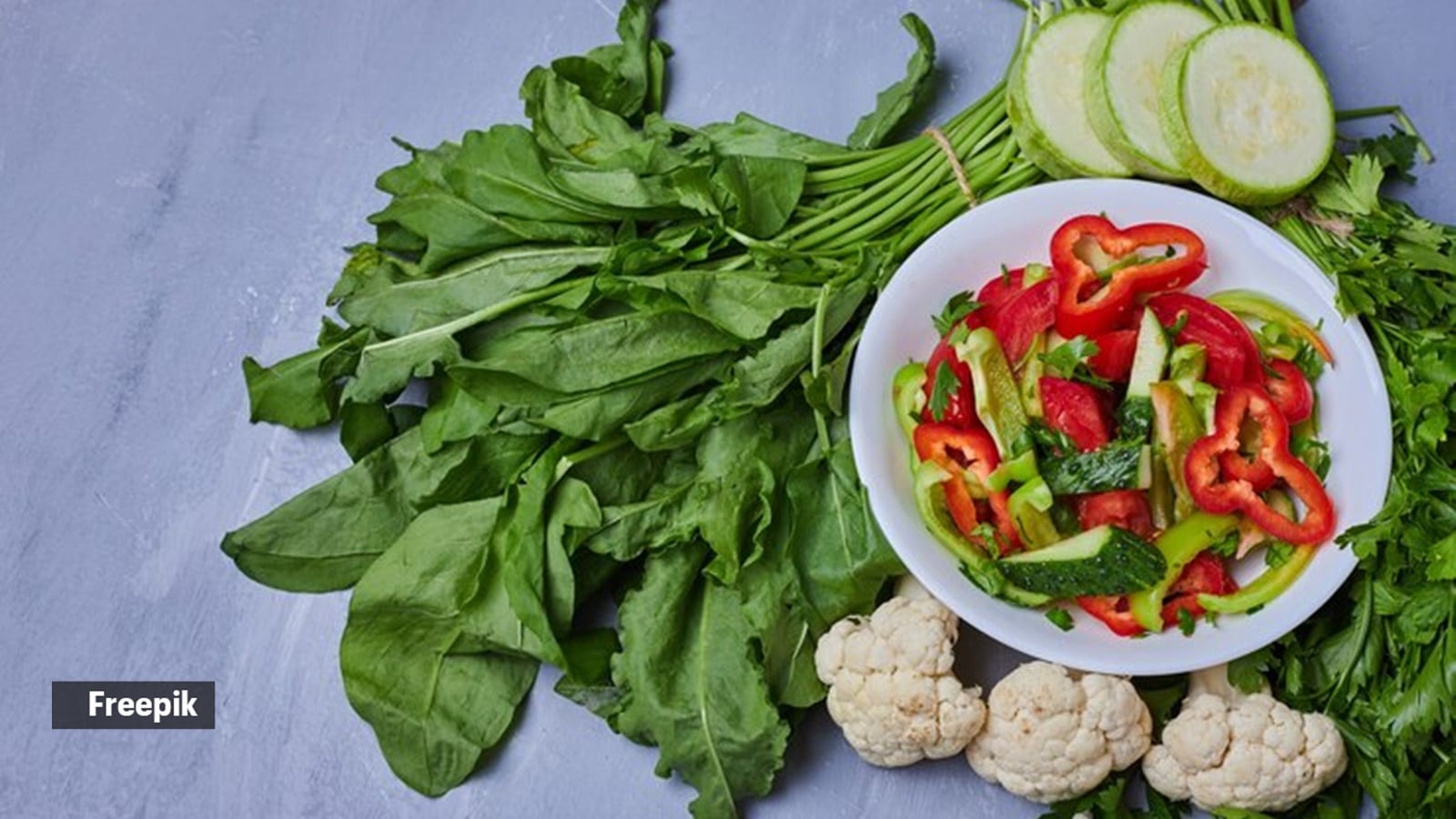Diabetics must always keep their blood sugar levels under control by eating foods that do not drastically impact their insulin levels. But sometimes, maintaining a healthy diet — rich in all nutrients — and eating clean can also silently cause harm if you make this one mistake.
In a recent interview, Samantha Ruth Prabhu shared how food sequencing helped curb her insulin spikes. “I was wearing a glucose monitor just to check my spikes, and I realised that even though my meal was extremely healthy, there were some unusual spikes, which shouldn’t really happen with the kind of food I was eating. So I realised that just by changing the food on my plate and switching it around — eating my vegetables first, eating my protein second, and then the carbs, kind of reduced the straight up spikes,” she revealed.
 Having vegetables first can significantly curb sugar spikes (Source: Freepik)
Having vegetables first can significantly curb sugar spikes (Source: Freepik)Curious, we contacted a health expert to learn the science behind this phenomenon, also known as food sequencing.
Story continues below this ad
What is food sequencing?
According to nutritionist Lovneet Batra, food sequencing is a great way to help the body digest better — first have vegetables, followed by proteins and fats, and finally starch.
Dr Pooja Pillai, Consultant Physician and Diabetologist at Aster CMI Hospital, Bangalore, told indianexpress.com that for those watching their blood sugar levels, especially diabetics, having a bowl of salad before eating carbohydrates isn’t just a healthy habit but a smart blood sugar management strategy.
“Raw salads rich in fiber help slow down the absorption of glucose from carbohydrates, preventing sudden sugar spikes post-meal. Ideal salads include cucumber, tomatoes, carrots, bell peppers, and leafy greens like spinach or lettuce,” she explained.
According to her, a glucose spike occurs in your bloodstream about 30-60 minutes after you eat carbohydrates. Many things determine how high and how long the peak lasts. These include what you ate with or before the carbohydrate, how much fibre is in the carbohydrate, and your body’s ability to secrete and use the hormone insulin.
Story continues below this ad
She added that high and prolonged glucose spikes have lasting and detrimental impacts on many hormones and proteins, including those that trigger inflammation. Inflammation is linked with various conditions, including diabetes and heart disease.
In fact, adding protein sources like boiled sprouts or paneer can further stabilise blood sugar, while a squeeze of lemon and a dash of seeds like flax or pumpkin can boost taste and nutrition.
As explained by Batra, starting a meal with vegetables and protein, and finishing it with carbohydrates, helps keep one fuller. “This is because protein slows down the release of sugar from carbohydrates into the bloodstream, preventing a sugar ‘high’ and then crash – and hunger pangs,” she concurred.
DISCLAIMER: This article is based on information from the public domain and/or the experts we spoke to. Always consult your health practitioner before starting any routine.
























